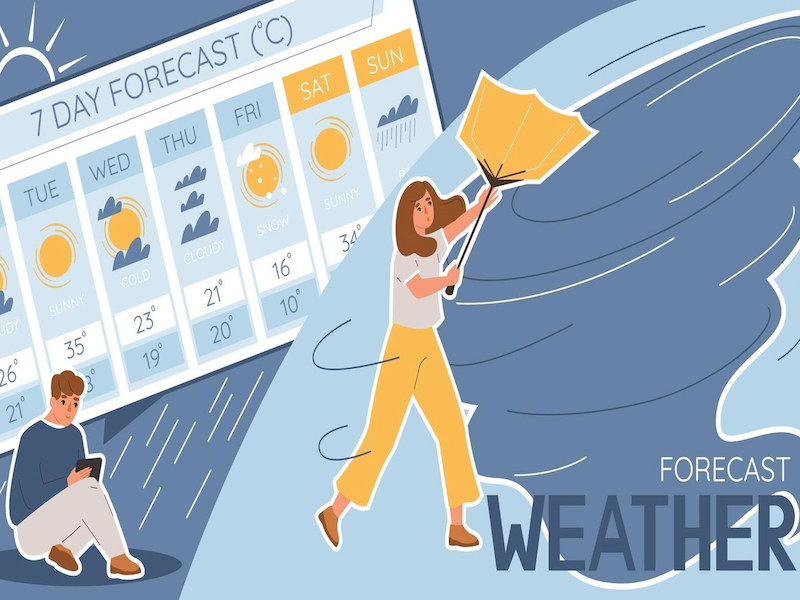- DeepMind’s AI program GraphCast correctly predicted Hurricane Beryl’s Texas landfall, outperforming traditional forecasting methods.
- The technology provides rapid and accurate weather predictions, potentially transforming global weather forecasting practices.
OUR TAKE
The success of AI models like GraphCast in predicting Hurricane Beryl’s path illustrates significant advancements in meteorological forecasting. This new approach not only speeds up prediction times but also enhances accuracy, offering valuable insights that could improve disaster preparedness and response.
— Zoey Zhu, BTW reporter
What happened
As Hurricane Beryl approached the Caribbean in early July, traditional European weather agencies predicted potential landfalls in Mexico based on extensive global data and supercomputers. However, an AI model developed by DeepMind, known as GraphCast, provided an alternative prediction of landfall in Texas, relying solely on previously learned atmospheric patterns.
Beryl struck Texas with devastating effects, causing flooding, power outages, and at least 36 fatalities on July 8. The AI model’s accurate forecast, generated in minutes, highlighted a shift towards more rapid and precise weather predictions. GraphCast outperformed traditional models from the European Center for Medium-Range Weather Forecasts (ECMWF) by predicting the storm’s path more accurately. This performance underscores the growing potential of AI in weather forecasting, as GraphCast was trained on four decades of weather data and could generate forecasts faster than conventional supercomputers.
Also read: TSMC raises revenue forecast in confident bet on AI boom
Also read: AI forecast the Premier League champion, but was it just luck?
Why it’s important
AI-driven weather forecasting represents a transformative shift in meteorology. Traditional forecasting relies on supercomputers and extensive data inputs, which can be time-consuming and less adaptable to rapidly changing conditions. In contrast, AI models like GraphCast offer quicker and more accurate predictions by learning from historical data and recognising patterns with high precision.
The speed and accuracy of AI forecasting could greatly enhance disaster preparedness and response, potentially saving lives and mitigating damage during severe weather events. For example, faster forecasts can lead to more timely evacuations and better-informed public safety decisions. Moreover, the AI models can run on standard desktop computers, making advanced weather prediction more accessible compared to the costly supercomputers traditionally used. This accessibility could democratise weather forecasting and enable broader use of advanced predictive technologies.

